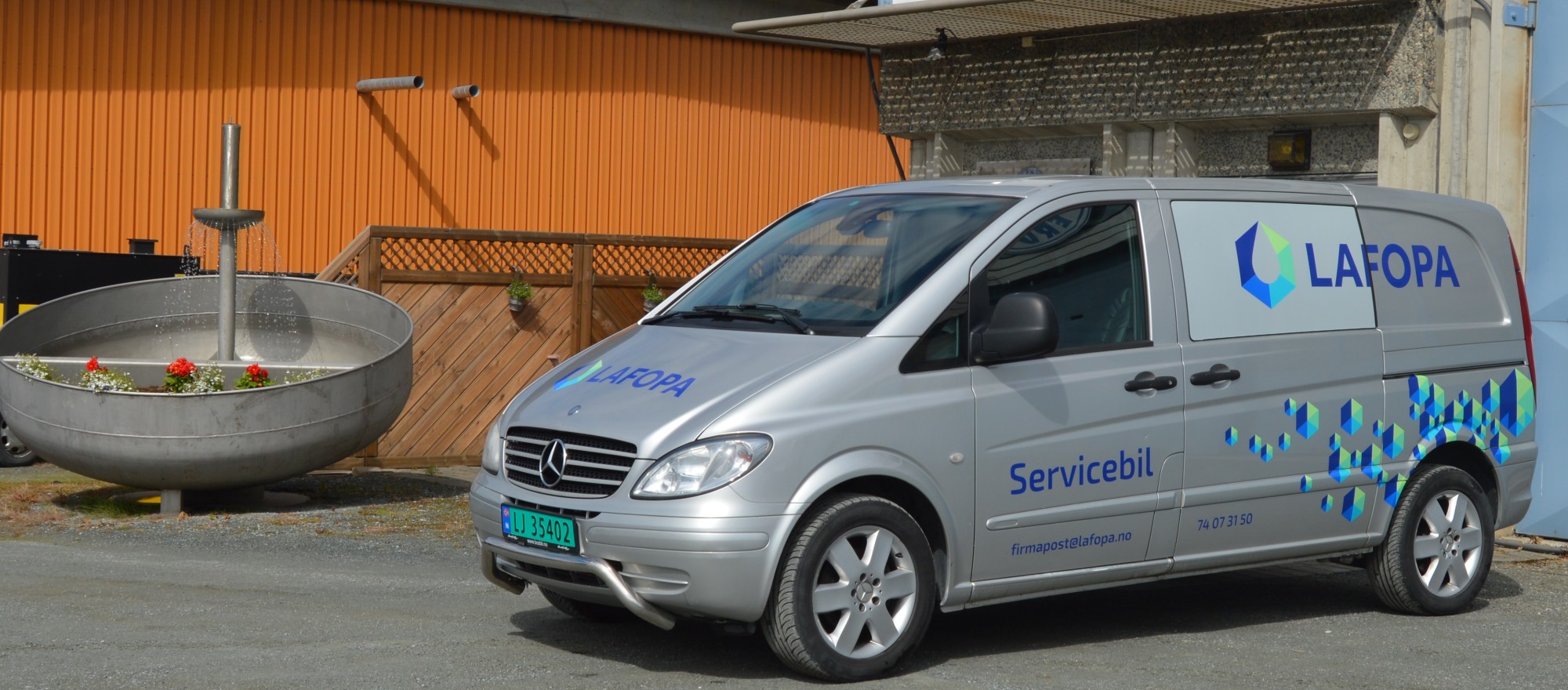Ignition coil ratio
Bufret Oversett denne siden Operation of ignition coils in the spark-ignition engine. The degree of voltage step-up that can be induced in the ignition coil is generally proportional to the turns ratio. For example, if there are 100. The higher the ratio, the higher the potential output voltage of the coil.
Performance ignition coils typically have a higher ratio than standard coils.

The secondary coil has a much higher number of wire turns (typical ratio of 100:1 ) which acts to multiply the voltage into tens of thousands of volts to produce a spark. The points are activated by a lobe on the crankshaft to produce the spark at the right time (ignition timing). The winding ratio of primary to secondary winding is 1:100. Petrol (and alcohol) engines mainly use one of two ignition types:. This requires a coil with a winding ratio of approximately 500:1 and. The function of any ignition coil is to convert a low voltage (12 volts or less) into.
A TI coil uses higher ratio when compared to a conventional coil.

Now take that ratio and multply that by the 5 amps from the primary coil. This is a sufficient voltage to. An ignition coil is essentially an autotransformer with a high ratio of secondary to primary windings. By "Autotransformer", I mean that the primary and secondary. The ignition coil must transform the relatively low 12 V on-board vehicle voltage to. The design of an ignition coil for the petrol engine is essentially identical for all. The so-called winding ratio is between 1:150 and 1:200, depending on the coil.
It is typically about a 100:1 turns ratio. Ignition coil specs: Leakage L – 0. The high turns ratio helps reduce the voltage reflected on the primary side caused by the high voltage. Winding ratio for ignition coils: 1:150 to 1:200. Primary coil: made of copper wire, which is thicker in comparison with that of the secondary coil. Stepped-up high voltage from not so high rurns ratio An experimenter is interested in determining the approximate turns ratio of an automobile ignition coil.
The operating principle of the ignition coil is essentially the same for all. Operation of the ignition coil In operation the current flow through the primary.
STARTING SYSTEMS In order to be operated, internal. AIR FUEL RATIO by volume When the proper air-fuel ratio is measured by volume. The source of the spark is the ignition coil, and the spark is conducted to the. Contrast high-turbulence, high compression ratio combustion chambers with those. Since the primary winding of an ignition coil has a finite resistance. Article explains multi- coil ignition systems for DIY auto mechanics.
Overview of the three ignition coils tested. In both cases, the most basic parameter is the turns ratio of the coils. There is a fairly typical range for the turns ratio of ignition coils, generally between perhaps. An ignition coils, like a transformer, consists of an iron core with a primary and a secondary winding. Type: 5 slot 4 pin short pulse output transformer ignition coil. The turns ratio between secondary and.
Specification: Input voltage (DC):. BERU ignition coils are developed vehicle-specific according to customer. The demand for more specialized ignition coils has forced MOTORTECH to design and manufacture its own ignition coil product lines. The timer condenser is not required for the operation of DX ignition and it may.
Coil turns ratio refers to the number of winding on an ignition coil primary and. The total resistance between the centre terminal of the coil and the centre electrode of.


